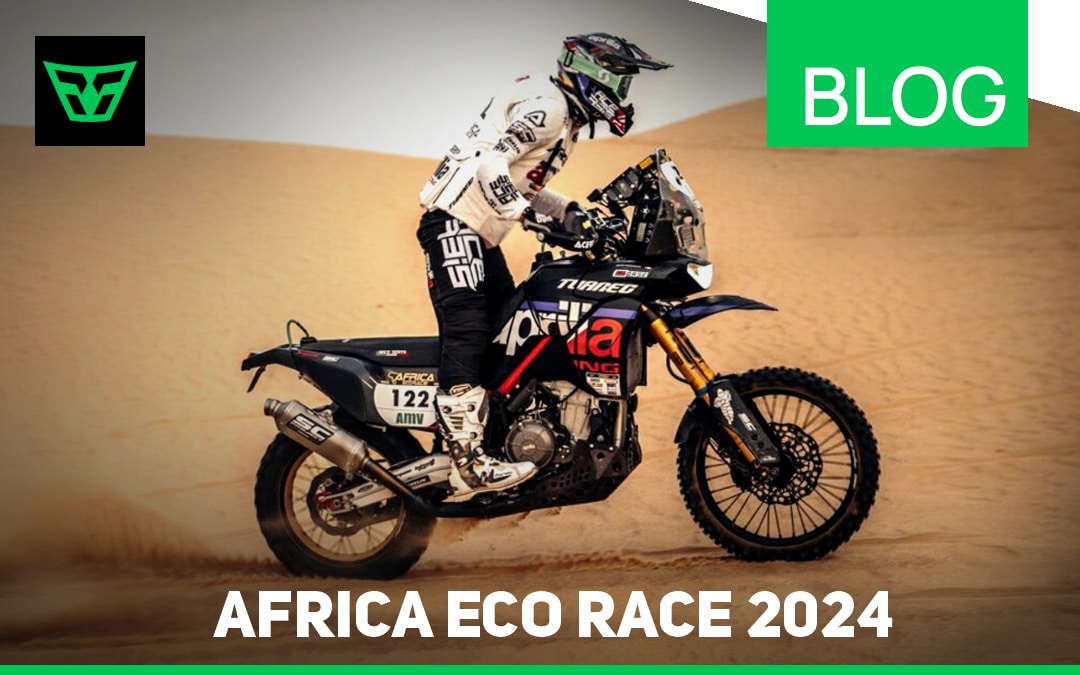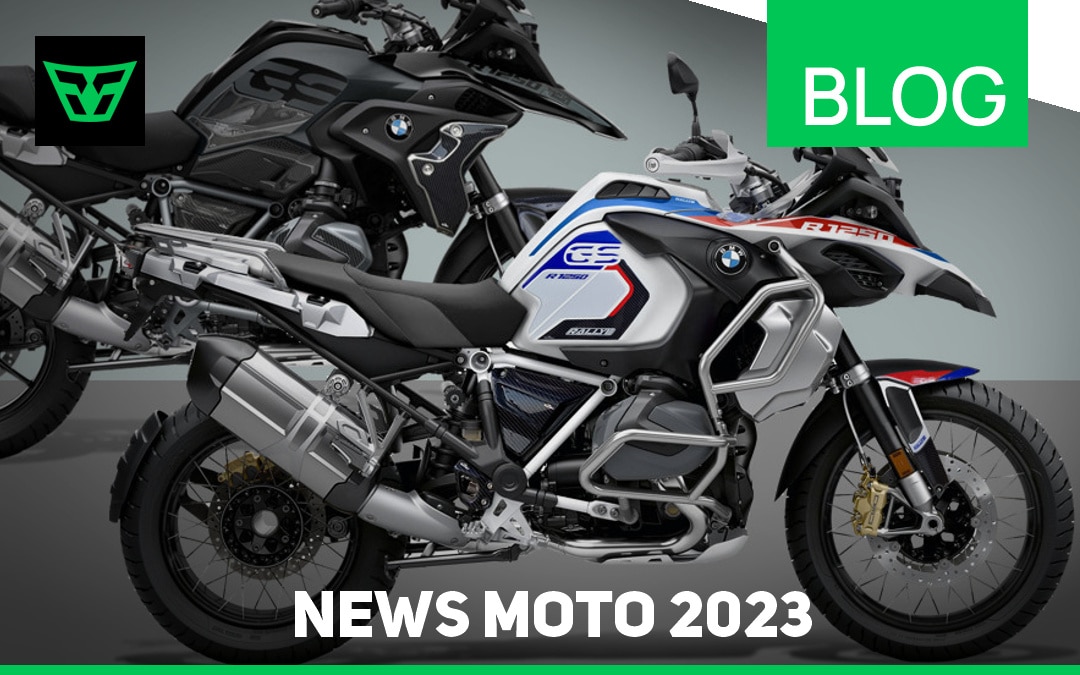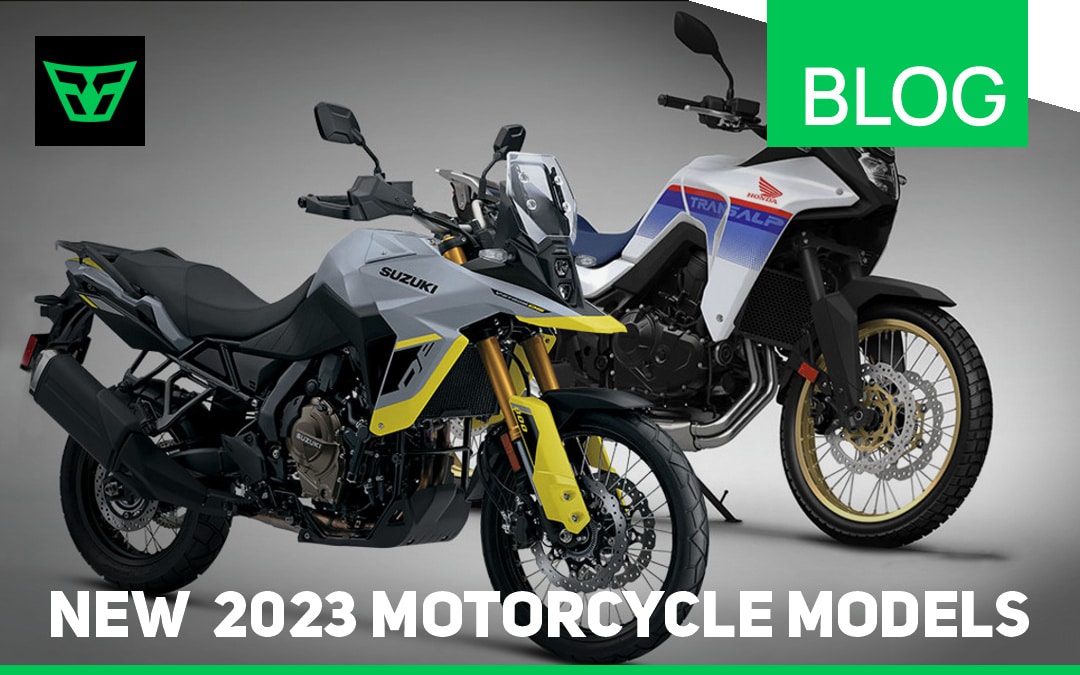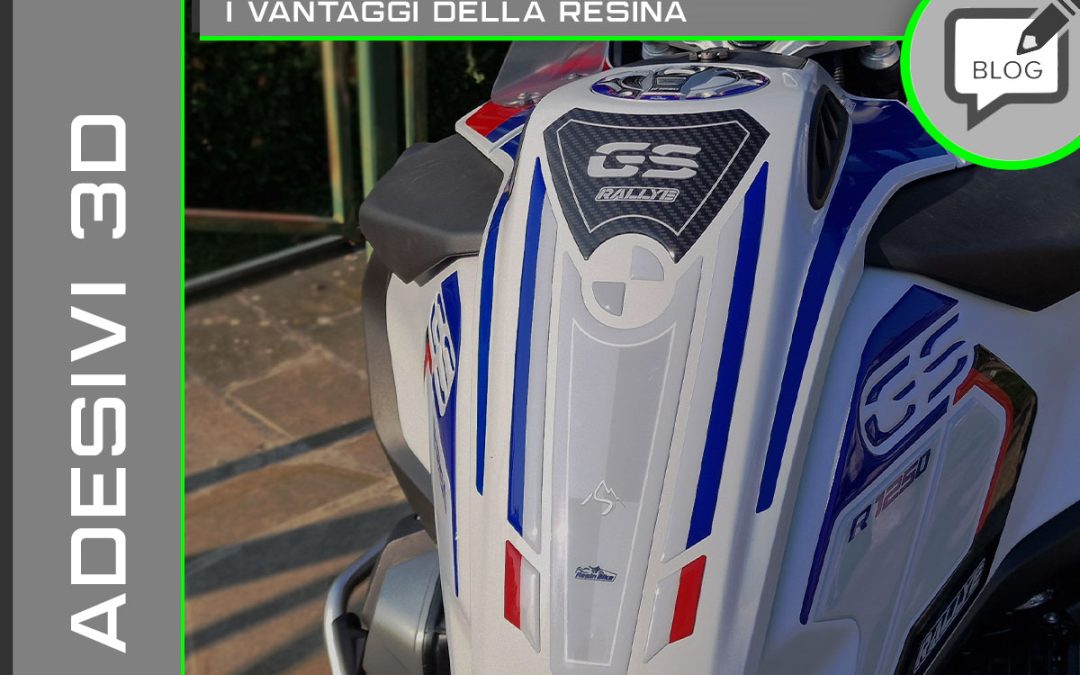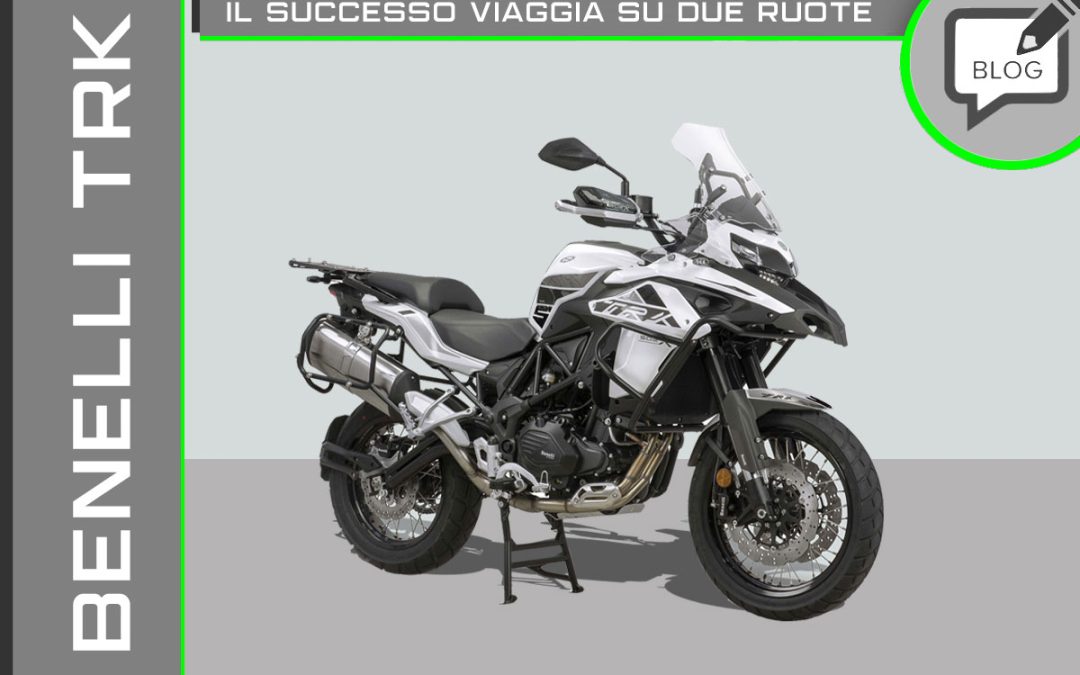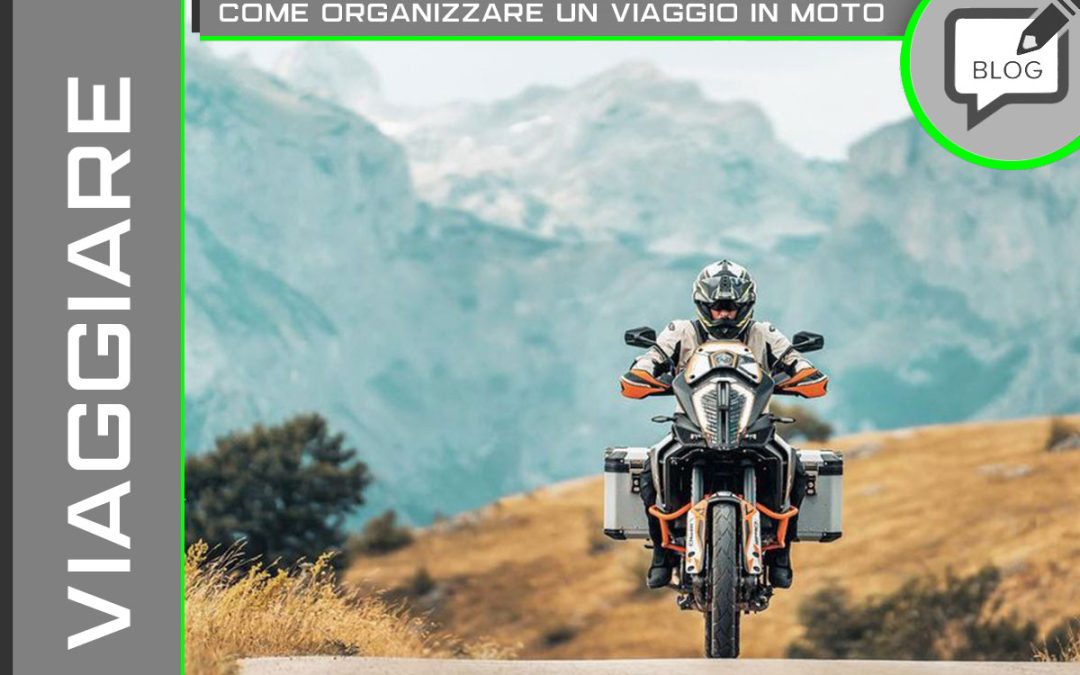The Two Shades of Dakar
In the 1980s, everyone knew what the Paris-Dakar was, and if you wanted to keep up with the times, you had to show up at the meeting with the iconic Tenere 600. Now, customs have changed. The race still exists and is very popular, but it has changed in many ways. Currently, it has a rival called the Africa Eco Race, and it’s easy to confuse the two competitions.
The Paris-Dakar was conceived and created by the Frenchman Thierry Sabine while he was wandering in the desert and got lost during the Abidjan-Nice. It all began in Paris, with the goal of reaching Dakar first, but without a fixed route to follow, relying on a road book for navigation. There were various stages called “transfers” and special tests, which the riders had to complete within a certain time, starting one at a time.
To win, numerous skills and qualities were required: the first and foremost was, of course, “not to fall“, but also to be able to ride cleanly with a good sense of direction and respect for the motorcycle. The riders needed to know how to repair their bikes on their own if necessary and have great physical endurance, without which it is very difficult to face this adventure.


Given the numerous skills required, the riders considered “complete” were always the same: Stéphane Peterhansel, a six-time winner, Cyril Neveu, a five-time winner, and Edi Orioli, a four-time winner. Over the years, several incidents led to numerous changes in the competition. Unfortunately, Thierry Sabine died in a helicopter crash after hitting a sand dune, which caused chaos and worsened the situation in various aspects; the many deaths each year among both riders and spectators did not help improve the context that had developed. In 1993, GPS technology was introduced, which favored less skilled navigators but disadvantaged those who distinguished themselves through their navigation abilities.
The turning point
In 2008, Al Qaeda threatened to bomb all the organization’s camps once they entered Mauritania. They were forced to cancel that edition, causing strong anger and frustration among the riders and the public. At that moment, the important decision was made to relocate the event to South America, without changing its name (Paris-Dakar). Not everyone agreed, particularly former champions Hubert Auriol, René Metge, and Jean-Louis Schlesser, who founded the Africa Race, which passes through Senegal, Morocco, and Mauritania. Fortunately, Al Qaeda did not carry out the bombings, partly due to the reduced number of participants (20 across bikes, cars, and trucks).


It is known that there is little goodwill between the organizers of the two events, but in this case, the smart move was made by the founders of the Africa Race, as they remained in a territory that was already well-known and explored. They faced no issues, and everything went smoothly, unlike what happened in South America, which was relatively unfamiliar. The ASO (Paris-Dakar) sought to encourage motorcycle manufacturers to participate by limiting engine displacement to 450cc. This strategy worked, leading to the return of brands like BMW and Honda, as well as the entry of Fantic and Sherco.
The Dakar was becoming a stressful race, far removed from the sense of adventure that everyone, both riders and fans, sought. Between 2005 and 2015, only two riders won (Cyril Despres and Marc Coma), after which new generations of riders emerged, prepared to incredible levels. They all have amazing riding styles, to the point of scrubbing even the dunes.
South America seemed to have great potential, both in terms of terrain and hospitality. This did not please the veterans, who missed the sense of isolation that only Africa could provide. After 2015, due to natural disasters and government unrest caused by excessive spending, the ASO moved to Saudi Arabia.
Another crucial detail is the accommodation; in the modern Dakar, riders never sleep in tents, unlike in Africa, where it was even mandated to sleep on the ground. These small details make a significant difference, especially for veterans and enthusiasts.
Africa Eco Race – Winning Aprilia with Cerutti
Africa Race became Africa Eco Race (AER), with “Eco” representing a sustainable and humanitarian project focused on photovoltaics in Mauritania. Initially, the race was won by unknown riders, veterans of the Rally, or those who had never succeeded in Dakar. Italy, which hasn’t won in the motorcycle category at Dakar since 2002, often triumphs at AER: in 2002, Fabrizio Meoni; in 2010, Marco Capodacqua; in 2012, Oscar Polli; in 2018, Paolo Ceci; in 2019 and 2020, Alessandro Botturi; and finally, the achievement of Jacopo Cerutti in 2024.


Media-wise, the Africa Eco Race is followed much less than the Paris-Dakar, but those who participate have no doubt that the AER is more spontaneous, straightforward, and traditionalist. This is why it closely resembles the legendary Dakar of the 1980s. The relationship can be compared to that between MotoGP and SuperBike, but this year there have been differences that could give both competitions an equivalent stature: Dakar has become technically more challenging, with soft sand dunes and rocky sections that would be nearly impossible for twin-cylinder bikes with 70-80 liter fuel tanks, unlike the single-cylinder bikes with 30-liter tanks.
New technologies such as the road book (already present since the 1980s), compass, Iritrack (for tracking position), Sentinel (proximity sensors for other riders’ vehicles), and trip master (for distance tracking) have been introduced. In contrast, AER allows participation with twin-cylinder bikes; in fact, in 2017, Paolo Ceci unexpectedly won with a “big bike“: the Africa Twin CRF1100L.
In 2022, Yamaha left the Dakar to participate in the AER with the Ténéré 700 (featuring Botturi and Tarres). This year (2024) saw two novelties: the first was Aprilia entering the race with the Tuareg 660, and the second involved smoother race routes. For the first time in the history of AER, a twin-cylinder bike finished first—specifically, Cerutti’s Aprilia from the GCorse team. The second and third positions were also occupied by twin-cylinder Yamaha bikes (Ténéré 700).
This return of twin-cylinder bikes evokes the glorious 1980s, with one notable difference: back then, all bikes were prototypes, whereas now both Yamaha and Aprilia are using production models. The Aprilia Tuareg was prepared by Vittoriano Guareschi, who worked on the seat, handlebars, exhaust, oil radiator, fuel tank, suspensions, and much more, as explained in the interview featured in the video titled “Resintervista a GCorse di Guareschi Vittoriano.”
Aprilia victorious with ResinBike graphics
After years of collaboration between the Guareschi Moto dealership and ResinBike, the Africa Eco Race project was born. The GCorse team, as known, participated in the AER, and of course, their Aprilia Tuareg 660 needed graphics. Guareschi turned to ResinBike to create a protection kit that accompanied Cerutti to the final victory. The project was made possible thanks to the knowledge and experience of the company based in Reggio Emilia.
Resin Bike is an Italian company specialized in creating resin adhesive graphics and 3D effect stickers to protect and decorate scooters, street bikes, and dirt bikes. All ResinBike motorcycle stickers are durable and made in Italy, designed and tested to provide high performance. They are ideal for decorating and protecting your bike from scratches, impacts, and weather conditions. The company is always looking for new designs to innovate the motorcycle protection sector. The accessories are not just decorative; they also enhance the bike’s style. Additionally, being resin-coated, they serve a protective function as well. This combination makes these accessories essential for those who care about maintaining their motorcycle.




